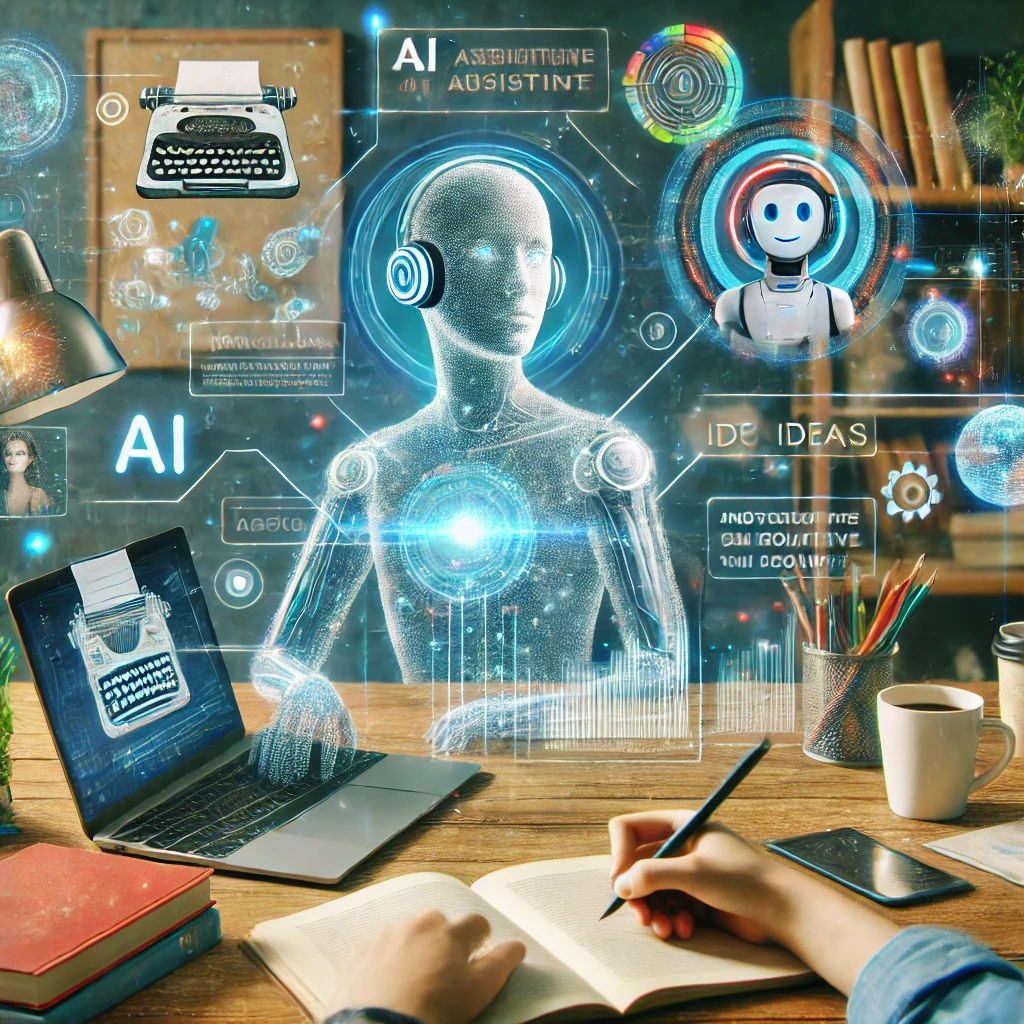In the ever-evolving world of storytelling, the integration of AI has opened new avenues for creativity and efficiency. However, while the allure of letting AI take over entirely is tempting, the results can sometimes be questionable. The real magic happens when authors collaborate with AI, guiding it to create compelling narratives that resonate with readers.
The Pitfalls of Autonomous AI Writing
When authors let AI write autonomously, the results can be hit or miss. While AI excels at generating text quickly, it often lacks the nuanced understanding of plot, character development, and thematic depth that human writers bring to the table. This can lead to stories that feel disjointed, lack emotional resonance, or simply miss the mark in terms of creativity and originality.
For instance, an AI might generate a technically sound article or story, but it could veer off into irrelevant tangents, introduce characters or plot points that don’t fit, or fail to capture the intended tone and style. These outcomes highlight the limitations of relying solely on AI without human oversight.
The Benefits of Assisted Writing
The true potential of AI in storytelling is realized when it serves as a collaborator rather than a replacement. Authors who work with AI can leverage its capabilities to enhance their creativity, streamline their writing process, and overcome writer’s block. By guiding the AI, setting clear parameters, and providing feedback, writers can ensure the final product aligns with their vision.
In assisted writing, the author remains in control, using the AI to generate ideas, suggest plot twists, or even write sections of the story, but always with the author’s guiding hand. This collaborative approach allows for a harmonious blend of human creativity and AI efficiency.
Identifying AI-Generated Content
So, can you tell which articles were written entirely by AI and which were crafted with human assistance? It’s often not as straightforward as one might think. Here are some clues:
- Consistency and Coherence: Articles written entirely by AI can sometimes lack consistency in tone and coherence in narrative flow. If the piece feels disjointed or suddenly shifts style, it might be the work of autonomous AI.
- Depth and Nuance: AI-generated content may lack the depth and nuanced understanding of complex themes that human authors bring. Look for subtle emotional undertones and intricate character developments, which are hallmarks of human input.
- Creativity and Originality: While AI can mimic patterns, true originality and creative risk-taking often come from human writers. Stories that break the mold or introduce unique perspectives are likely guided by human creativity.
- Relevance and Focus: AI can sometimes stray off-topic or introduce irrelevant details. A well-focused and relevant narrative indicates a human hand steering the AI back on track.
Conclusion
While AI has undeniably transformed the landscape of writing and storytelling, it functions best as a tool for collaboration rather than a solitary creator. Authors who work alongside AI, guiding and refining its output, can produce stories that are both innovative and deeply resonant.
By recognizing the strengths and limitations of AI, writers can harness its potential to augment their creativity, ensuring that the final product is a testament to the symbiotic relationship between human ingenuity and technological advancement.





